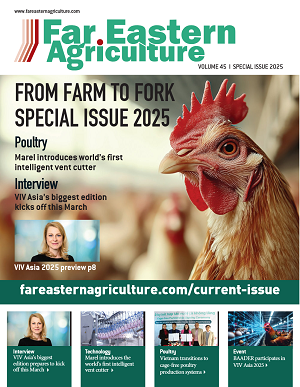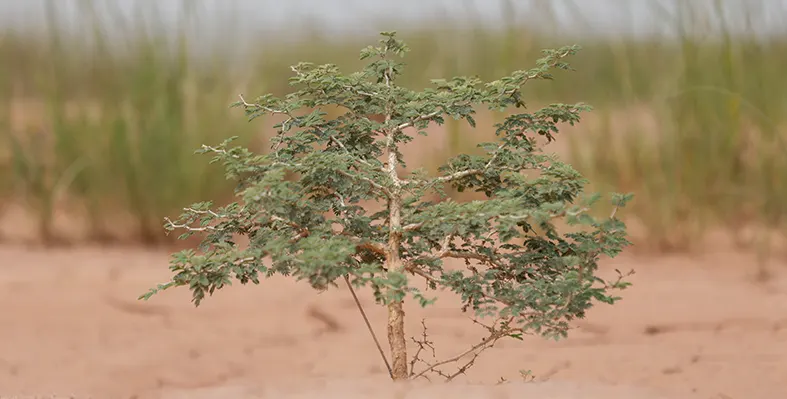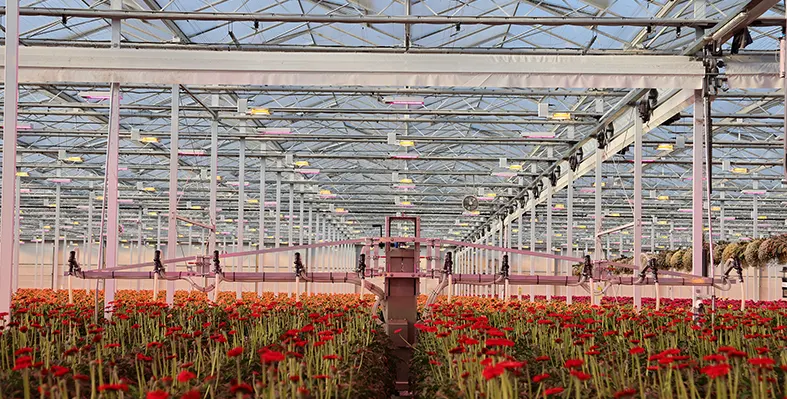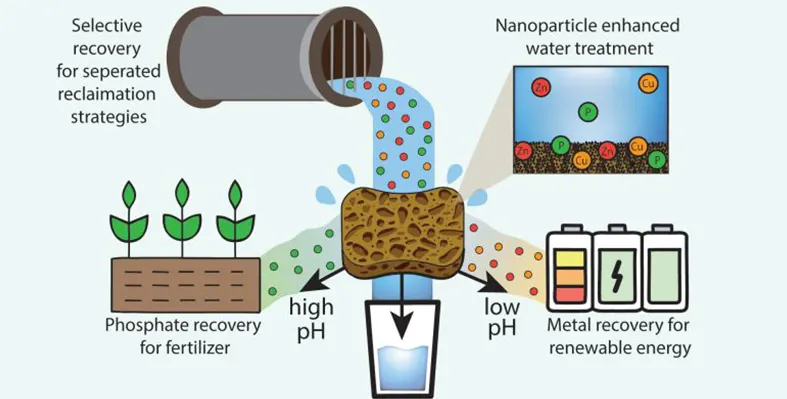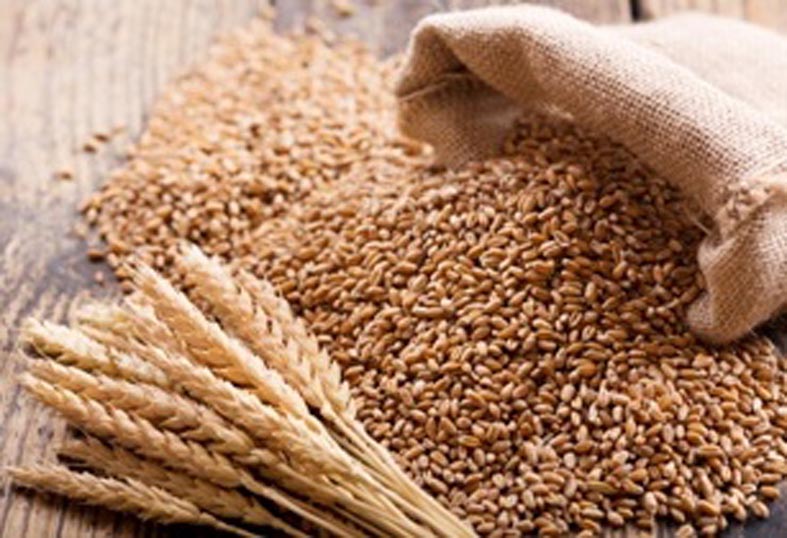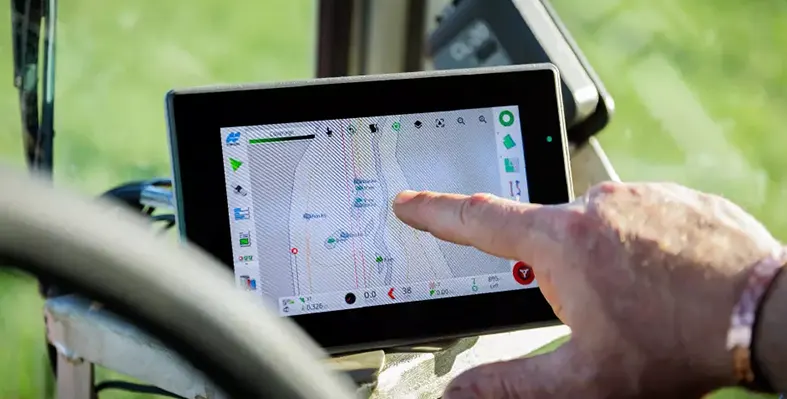Visitor pre-registration is officially open for VIV Select China 2025, the leading event spotlighting cutting-edge developments and business partnerships in China’s animal protein industry
Taking place from 10–12 September at the Nanjing International Expo Center, the show will bring together top professionals and innovators from across the swine and poultry value chain, including feed and feed additive solutions, animal health, veterinary products, breeding and farming equipment, and egg processing technologies.
Spanning 48,000 sq m, this expansive exhibition will welcome over 500 exhibitors, including prominent Chinese companies such as Big Herdsman, Guangzhou Guangxing, Nxin, Famsun, Zhengchang, Shandong Kaicheng, Melan Group, Zhongmu, Kexing, Ruisheng, Dongxiao, and Highvarve.
Spotlight on the new AI+ smart farming zone
New to this year’s event is the AI+ Smart Farming Area, a space dedicated to showcasing the integration of artificial intelligence, the Internet of Things (IoT), and sustainable agricultural technologies. This feature allows attendees to explore advanced digital breeding and precision production management tools. With a strong focus on global supply chain integration and sustainable scaling, this area embodies the event’s commitment to driving digital evolution in agriculture. As the sector reconvenes face-to-face, the event promises to offer meaningful connections and high-value commercial opportunities.
Main conference themes: AI, sustainability, global growth
The conference will follow a three-part thematic structure centered on: “Technological Breakthroughs (AI & Smart Farming), Green Transformation (Low-Carbon/Circular Economy), Global Collaboration for Overseas Expansion (Standards/Supply Chain)”.
These topics will explore how smart technologies and AI are optimising output and quality in animal protein production, enabling the transition to low-carbon practices, and facilitating circular economy models for better resource efficiency and reduced waste.
The VIV International Summit encourages shifting from domestic competition to global collaboration. Its focus: moving from product-only exports to full-chain partnerships and establishing robust, standardised supply systems to support the sustainable internationalization of China’s livestock sector. AgriBITs, launching in China for the first time, will provide a worldwide lens on AI, automation, and digitization trends impacting the livestock space.
Empowering connections with Hosted Buyer Program
To maximise business development, VIV Select China 2025 is continuing its Hosted Buyer Program, designed to connect exhibitors with qualified procurement professionals. Applicants approved via the official website’s Hosted Buyer section will receive exclusive perks including complimentary accommodation and access to V-Match, a bespoke business-matching service.
V-Match, launched in 2024, simplifies the buyer-exhibitor experience by curating meetings based on pre-screened profiles in a dedicated networking lounge. The last edition of this programme recorded 298 successful matches, reflecting its efficiency in generating real business leads.
Easy travel and international access
In support of international participation, China has expanded its visa-free entry policy to include 34 countries, with transit stays now extended up to 240 hours. To further streamline visitor access, Nanjing has introduced a new digital hub called “In-Nanjing”, offering seamless support services to incoming global guests.












